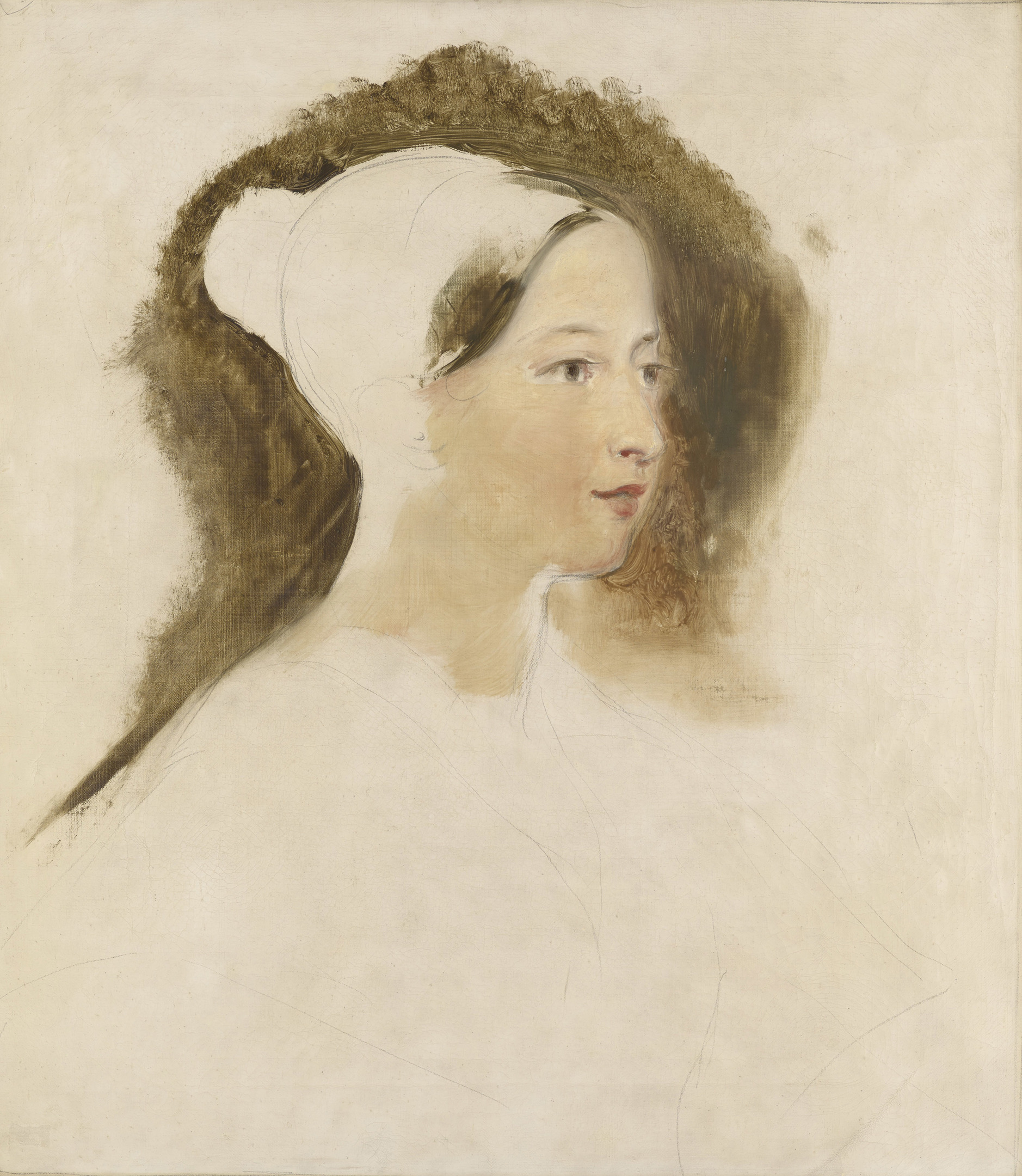The first ever image of Queen Victoria as reigning monarch is to go on display in Scotland for the first time.
The oil sketch by celebrated Scottish artist, Sir David Wilkie, will feature in an exhibition dedicated to Scottish art at the Royal Collection in The Queen’s Gallery, Edinburgh.
The rare portrait was made just four months after her accession to the throne at the age of 18, before she became the longest reigning monarch in UK history.
The preparatory sketch shows the Queen in near profile wearing a bonnet, just as she appears in Wilkie’s finished work ‘The First Council of Queen Victoria’.
The bare canvas below her neckline is suggestive of the white dress in which Wilkie chose to portray the Queen, rather than in the black mourning attire she would have worn after the death of her uncle William IV.
Exhibition curator, Deborah Clarke, of Royal Collection Trust, said the white emphasised her innocence and purity in a gathering of more seasoned male statesmen.
“This sensitive and freely-painted oil sketch by the well-known Scottish artist Sir David Wilkie was the first of over 500 portraits of the queen to be painted throughout her long reign,” she said.
“I am delighted this will be on display in Edinburgh for the first time.”
Sir Wilkie – the most successful Scottish artist of the early 19th century -enjoyed a flourishing career under the patronage of George IV after succeeding Sir Henry Raeburn as Limner to the King in Scotland in 1823.
He retained his office on the accession of William IV in 1830 and again on the accession of Queen Victoria. He was the only artist to serve as Painter in Ordinary to three successive monarchs.
Victoria had asked Sir Wilkie to record her first meeting with her Privy Council, which took place within hours of her accession on June 20, 1837.
But it emerged that she actually despised his work – saying it was “such a mistake” to make him Portrait Painter.
Seventeen works by Sir Wilkie will be among the 80 paintings, drawings, miniatures and decorative arts by Scottish artists on display at The Queen’s Gallery.
The exhibition – part of the Edinburgh Art Festival – will tell the story of royal patronage and the emergence of a distinctive Scottish school of art.
‘Scottish Artists 1750 – 1900: From Caledonia to the Continent’ will run from August 6 to 7 February 7, 2016.
